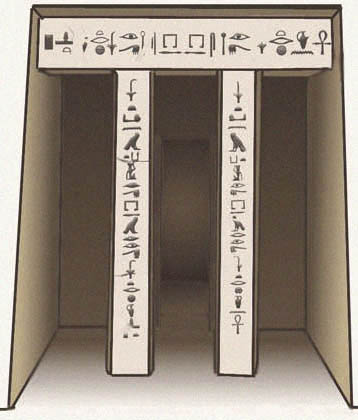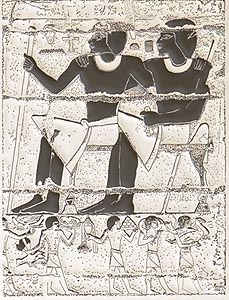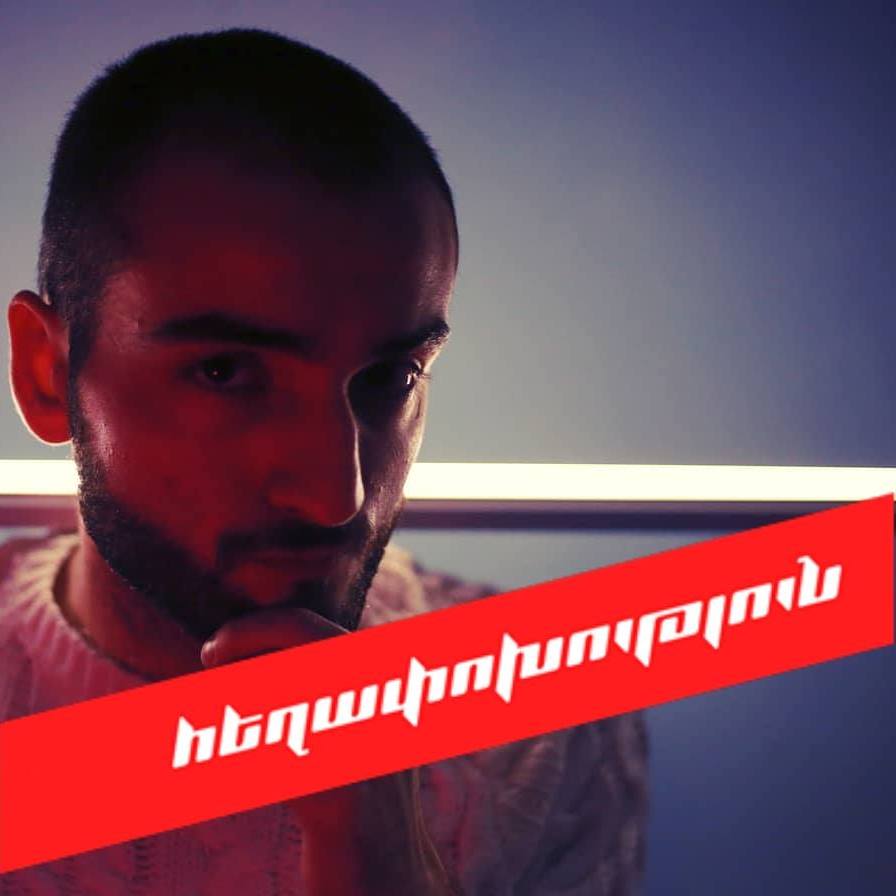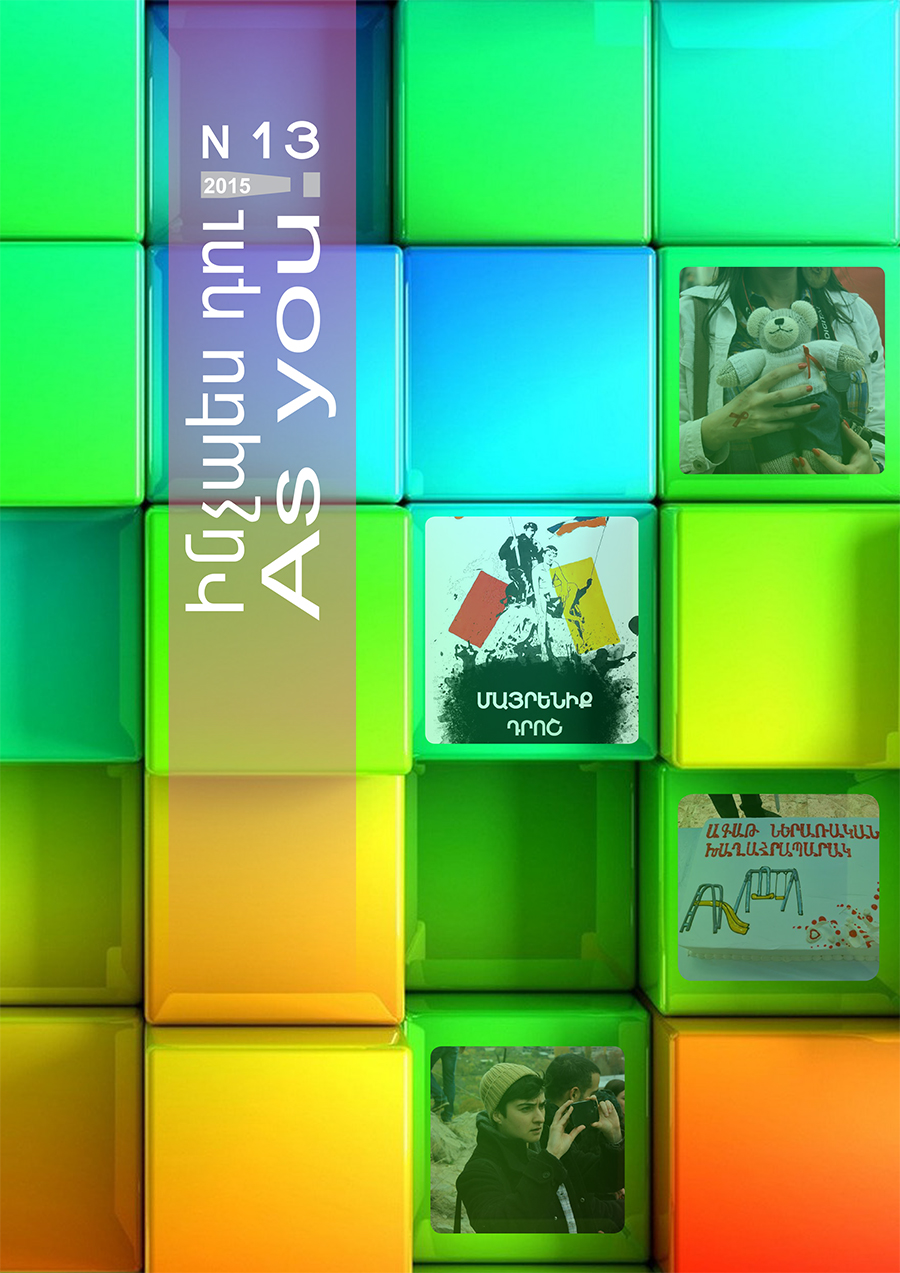Egypt was always attractive and magnetic. One of the oldest civilizations that survived for millenia and collapsed because of its own conservative prejudices and traditions, it still fascinates and enchants many by its magical charm and mystic culture.
Interesting are the articles of “New York Times” and “The Sunday Times”:
It was back in 1964, outside Cairo, near the famous Step Pyramid in the necropolis of Saqqara. The newfound tomb yielded no royal mummies or dazzling jewels. But the explorers stopped in their tracks when the light of their kerosene lamp shined on the wall art in the most sacred chamber.
Having no blue blood, they received grace in the palace as manicurists of pharaoh, circa 2380-2320 B.C., during the reign of fifth dynasty of the Old Kingdom. Taking care after the pharaoh was a noble occupancy.
Archaeologists were taken aback. It was extremely rare in ancient Egypt for an elite tomb to be shared by two men of apparently equal standing. The usual practice was for such mortuary temples to be the resting place of one prominent man, his wife and children.
Over the years, the tomb’s wall art has been subjected to learned analysis, inspiring considerable speculation.
While grave robbers had stripped the tomb of relics, the wall paintings revealed tantalising hints about its original occupants.
Most Egyptologists accept the normal-twins interpretation advanced most prominently by John Baines, an archaeologist at the University of Oxford in England.
Greg Reeder is the independent scholar from San Francisco that promoted the theory of the couple being gay.
Because the embraces of heterosexual couples in the tomb art convey an implicit erotic and sexual relationship, and perhaps the belief of its continuation in the afterlife, Mr. Reeder and his allies contend that similar scenes involving the two men have the same significance, that they presumably are gay partners.
Calling attention to the most intimate scene of the two embracing men, Mr. Reeder said: ‘’They are so close together here that not only are they face to face and nose to nose, but so close that the knots on their belts are touching, linking their lower torsos. If this scene were composed of a male-female couple instead of the same-sex couple we have here, there would be little question concerning what it is we are seeing.’’
Defending his interpretation, Mr. Reeder said the similarity of the embracing scenes with those of husbands and wives should not be dismissed. He further noted, in his lecture in Wales, new evidence that he said suggested that one of the men died well before the other.
The fact that the two men had families is not seen as contradicting the gay hypothesis, Egyptologists said. Like others of the time, the two men would presumably have sired children to carry on after them and maintain the cult dedicated to their well-being through eternity.
Their wives and children are relegated to the background. In one scene, in which the two men share a final banquet before their journey into the afterlife, Niankhkhnum’s wife has been plastered over by the craftsmen who decorated the tomb. Khnumhotep’s spouse fails to make an appearance.

The text above literally states: “Overseer of Manicurists in Palace, King’s Acquaintance Khnumhotep. Overseer of Manicurists in Palace, King’s Acquaintance Niankhkhnum” (editor’s interpretation).
On the left: “Confidant in Royal Palace, King’s Acquaintance, Chief of Manicurists, Manicurist Khnumhotep (editor’s interpretation).
And on the right: “Confidant in Royal Palace, King’s Acquaintance, Chief of Manicurists, Manicurist Niankhkhnum” (editor’s interpretation).

Illustration of the two men holding hands and walking on a tour of inspection can be seen on the southern wall of the entrance hall. Niankhkhnum leads Khnumhotep by the hand into the inner spaces of their tomb.

Here at the entrance to that part of the tomb carved into the rock, the names of Niankhkhnum and Khnumhotep are inscribed as one name over the doorway. Both have the jar hieroglyph which is the name of the potter god Khnum. The name Niankhkhnum on the right with the jar and the ankh sign is translated as “Khnum has life.” The name Khnumhotep on the left with the jar and the offering sign means “Khnum is satisfied.” Hotep means “peace” or “satisfaction” and is a hieroglyph of a loaf of bread on a table as an offering for the dead. The name Khnum besides being a reference to the god Khnum also meant “joined together” and “to unite with” and later included “associates, companions, friends”, and even “house mates”. Their names inscribed together above the entrance to the rock-cut chamber, may be a design element to suggest a play on words, meaning “joined in life and joined in peace”.

The relationship between the two men is not clear. Are they brothers? Could they be twin brothers? Are they close friends or are they lovers? Are they all of the above? A reasoned argument can be made defending any and all of these positions.

On the eastern wall of the offering chamber, the identical pair are shown in the most intimate embrace possible within the canons of ancient Egyptian art. Niankhkhnum is on the right grasping his companion’s right forearm; Khnumhotep, on the left, has his left arm across the other man’s back, tightly clasping his shoulder. Again the tips of the men’s noses are touching and this time their torsos are so close together that the knots on the belts of their kilts appear to be touching, perhaps even tied together. Here, in the innermost private part of their joint-tomb, the two men stand in an embrace meant to last for eternity.
Sevak Kirakosyan
Sources: Egyptology.com
The New York Times
The Sunday Times
Tour Egypt





